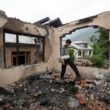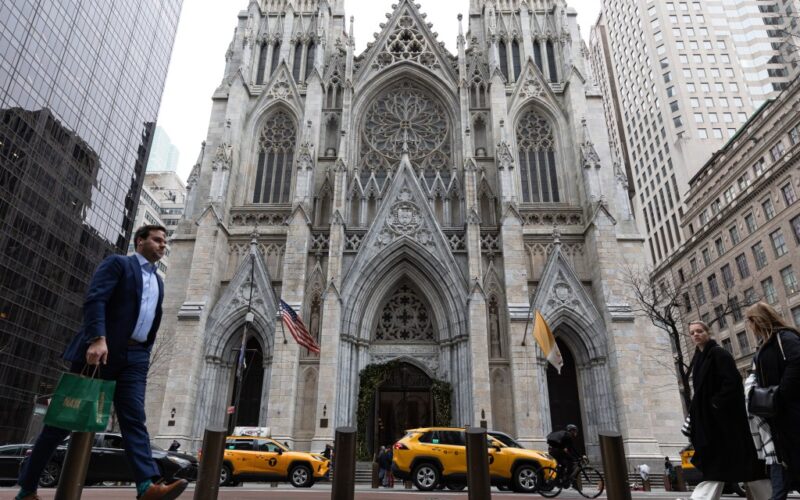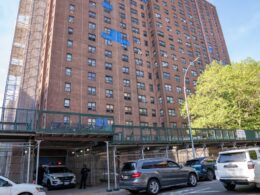It is a very nice thing for America and the world that the new pope, Leo XIV — who will help guide the faith of more than a billion of our fellow earthlings — is a Chicagoan. Here in the first city, the Catholic Church is at an extended crossroads of its own, calling for its leaders and adherents to engage in strategic planning and soul-searching of their own.
By some measures, the heartbeat of New York City Catholicism is strong. Catholics make up some 30% of our total population. Hundreds of parish churches dot the five boroughs under the auspices of the Archdiocese of New York and the Diocese of Brooklyn. Catholic schools serve tens of thousands of children, and congregations anchor countless communities.
But that school enrollment has been falling for years. Buildings and plots owned by churches are often underutilized, a consequence of aging and shrinking populations. Even as many New Yorkers, especially migrants, remain regular churchgoers, others have drifted away from the faith.
This editorial page will not proselytize, but we do see the value of religious bodies in helping solidify New York’s civic foundation. Catholic institutions have played a central role throughout the city’s history in delivering an exemplary education — including good morals — to children, and helping the needy, and keeping families at all income levels rooted in a sound understanding of the good life. For these reasons, we should all wish for Catholic parishes to find new ways to thrive.
One way to help make that happen is to pass the Faith-Based Affordable Housing Act, an Albany bill that would make it far easier for religious institutions to build affordable housing on land they already own. The Act would remove barriers including restrictive local zoning rules that have historically prevented organizations from developing housing despite having underutilized resources.
Religious institutions own an estimated 86 million square feet of permitted residential land, which could potentially yield up to 98,000 new homes if fully utilized.
Today’s vacant lot or rectory or even empty place of prayer could be tomorrow’s homes for so many people of all faiths — and, in the process, churches struggling to balance their books could get new sources of revenue. Pass the bill.
Education is a larger challenge. Parochial school enrollment has fallen sharply, down 42% in grades K through 8 since 2014. High school populations are a bit more stable, dropping just 20% over that period. There’s no single driver of the decline. Economics has a lot to do with it; so does a changing culture; so does the rise of charter schools, which have stepped in to provide free, high-quality public alternatives rather than private ones.
We’re not for using taxpayer dollars to directly subsidize religious education, but a federal tax credit for contributions to scholarship-granting organizations would help. And though we’re loath to see the Supreme Court OK religious charter schools, if that happens and New York doesn’t scrap or totally overhaul its current law allowing independently run public schools, it could well lead to Catholic schools surviving by entering the charter fold.
Churches aren’t just beautiful buildings that uplift New York. The good work they do helps the city’s spirit, its soul, its sustenance. Long may the city’s Catholic Church, and its churches, survive and thrive.








